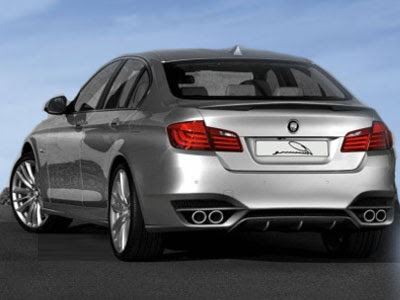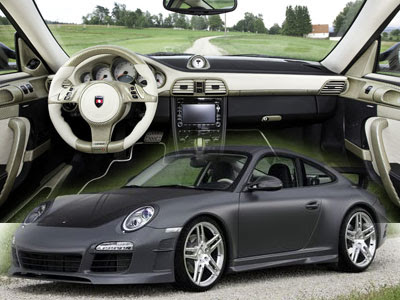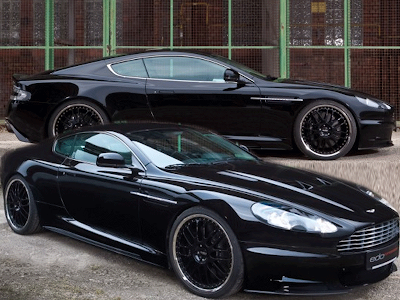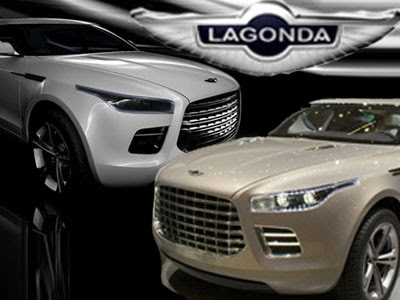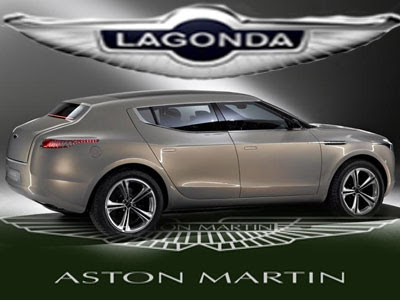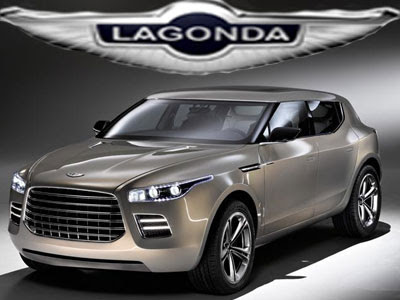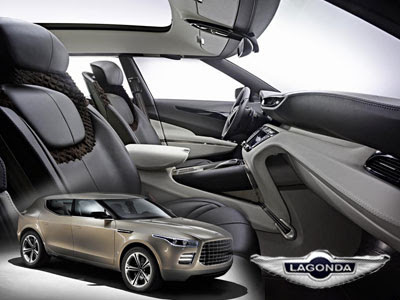McLaren Press Release

The McLaren MP4-12C is revealed as the first in a range of high-performance sports cars from McLaren Automotive, the independent car division based at the McLaren Technology Centre in Woking, England. The 12C, and future models within the range, will challenge the worlds best sports cars, benefiting from the expertise and virtuosity of the McLaren Group.
Twenty years of sports car design, engineering and production combined with inspirational success in Formula 1 have driven Ron Dennis, McLaren Automotive Chairman, to announce his plans for the ultimate line-up of technology-led and customer-focused performance cars for the 21st century. The rules in the sports car world are about to be re-written.
Through a rich modern history, McLarens automotive division has already built the worlds most critically acclaimed supercar, the McLaren F1 (1993-1998) and the worlds best-selling luxury supercar, the Mercedes-Benz SLR McLaren (2003-2009). McLaren Automotive now looks to the future with a new range of revolutionary sports cars.
It is a long-held dream of mine to launch a range of high performance sports cars that set new standards in the industry, said Dennis.

We began designing and building cars for aficionados of thoroughbred sports cars almost 20 years ago. Incorporating the leading edge technologies that the McLaren Group has built up within its various companies, I believe we are now perfectly placed to open up this new chapter in McLarens history as well as play a part in the regeneration of high-tech manufacturing in the UK and global automotive environment, he concluded.
At its heart, the McLaren MP4-12C features a revolutionary carbon fibre chassis structure, the Carbon MonoCell: the first time a car in this market segment is based around such a strong and lightweight racing car engineering solution and the first time any car has ever featured a one-piece carbon fibre structure.
This step change in sports car design means that the 12C introduces new standards not just in handling, ride and outright performance, but also safety, economy and practicality in an already competitive sector.
Martin Whitmarsh, Team Principal of McLarens racing team highlighted the integral part that McLarens motorsport and road car experience played in developing the 12C: McLaren has for years offered a potent mix of race car and road car technologies. This combination of McLarens performance heritage, and future demands on what is expected of high performance sports cars in the 21st century, gave us a head-start when we embarked on this project. The 12C, and future variants, draws on the spirit of Formula 1 and delivers real-world technological advances.

The first car from the new company, the McLaren MP4-12C, is a high performance two-seat mid-engine model in the core sports car market segment for cars costing between �125,000 and �175,000. The 12C is pure McLaren, featuring no carryover parts from any other car, and will be produced by McLaren in the UK. It goes on sale through a dedicated, worldwide retailer network in early 2011.
McLaren is already a car maker with maturity and experience, having produced iconic cars such as the F1, said Antony Sheriff, McLaren Automotive Managing Director.
The next step was to construct a range of pure McLaren high performance sports cars that are true to the company�s philosophy and reflect our position as an absolute technology and performance leader. So, when we embarked on the 12C project, we wanted to re-write the rules of sports car design. Indeed, the 12C offers performance and technology that exceeds that of the worlds most expensive and sophisticated supercars, while competing in a much more accessible market segment. And to achieve this result, we designed every component from scratch to meet the extreme goals of the 12C and avoid any compromise.
Forget what you know about sports car companies, McLaren is different, he concluded.
Technical Specifications
Engine: 3.8 litre V8
Aspiration: Twin turbocharged
Maximum Power: 600 hp (approximate)
Maximum Torque: -
Transmission: Seven-speed dual clutch gearbox
Drivetrain: Rear-wheel drive
